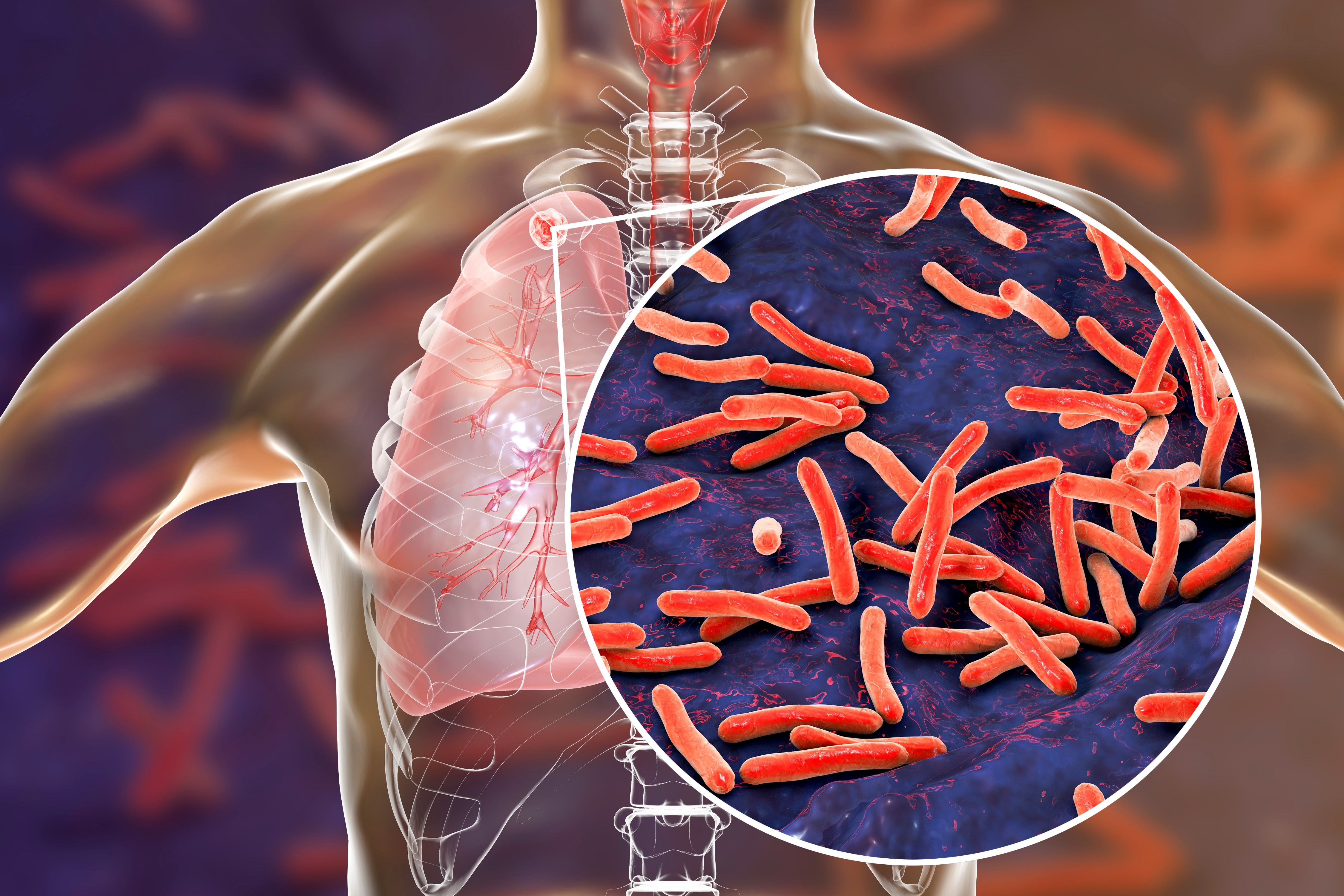- Center on Health Equity & Access
- Clinical
- Health Care Cost
- Health Care Delivery
- Insurance
- Policy
- Technology
- Value-Based Care
ART, Tuberculosis Prevention Treatments Effective When Taken Simultaneously
Patients with HIV can take both their antiretroviral therapy (ART) and treatment to prevent tuberculosis safely to prevent infection and further spread of the virus.
Early results have found that the initiation of a dolutegravir-based antiretroviral therapy (ART) alongside isoniazid taken once per week for 3 months to prevent tuberculosis was both safe and effective in patients with HIV who are at risk of infection and require means of maintaining viral suppression. The study published in Lancet HIV1 was conducted with patients who were naive to ART.
Tuberculosis is a common diagnosis for people with HIV, as the World Health Organization has estimated that 30% of the 690,000 deaths related to AIDS were attributed to tuberculosis.2 Approximately 85% of those individuals were using ART. The World Health Organization recommends that all people with HIV take preventive medicine if they live in high-risk areas. Dolutegravir is taken by people with HIV as a first-line treatment. The combination of these therapies is needed in those living with HIV in order to have the best clinical outcomes. This study aimed to assess the safety and outcomes of starting both dolutegravir-based ART and tuberculosis preventive treatment at the same time.
This study, DOLPHIN-TOO, was a phase 1/2 study that was open-label and nonrandomized. The study was conducted in South Africa at The Aurum Institute. Patients were eligible for enrollment if they were aged 18 years or older, had not previously received ART, and had a body weight of more than 50 kg. Participants were excluded if they had symptoms of or confirmed tuberculosis, had been treated for tuberculosis in the past year, had a weekly alcohol consumption of more than 28 units in men or 21 units in women, had laboratory abnormalities, had acute hepatitis or liver failure, were not using 2 forms of contraception for women, or were pregnant or breastfeeding.
People with HIV can be treated for both the virus and tuberculosis safely when starting treatment at the same time | Image credit: Dr_Microbe - stock.adobe.com

All participants began ART of dolutegravir 50 mg and tenofovir disoproxil fumarate 300 mg at enrollment. There were 25 participants in a 6H group that started once-daily oral isoniazid 300 mg for 6 months at enrollment and 50 participants in a 3HP group that received oral rifapentine 900 mg with oral isoniazid 900 mg for 3 months. All participants were followed for 24 weeks, with blood collected at weeks 3, 8, and 12. Urine tests were collected at weeks 2, 3, 8, 12, 16, and 24 in women who were of childbearing age to act as a pregnancy test.
Grade 3 or worse adverse events measured by the Division of AIDS Table for Grading the Severity of Adult and Pediatric Adverse Events were the primary outcomes of the study.
Participants were enrolled between August 31, 2021, and June 28, 2022. The median (IQR) age of the participants was 35 (27-41) years before they were separated into the 6H and 3HP groups. The median viral load was 27,056 (7088-111,620) copies at baseline, and median CD4 count was 283 (3-1070) cells per μL.
There was only 1 adverse event reported that was grade 3 or worse, with the cutaneous abscess reported not related to treatment. No participant stopped treatment due to adverse events. There were 44 adverse events reported in 25 (33%; 95% CI, 23%-45%) of the 75 participants, totaling 11 in the 6H group and 14 in the 3HP group. There were 12 adverse events reported that were related to treatment, all of which were grades 1 or 2, 2 of which were still ongoing at the end of the study. However, none of the adverse events prompted discontinuation.
Virologic suppression was found in both groups starting at week 3 with a median decrease of 4.3 (4.1-5.3) log10 in the 3HP group and 4.8 (4.1-5.3) log10 in the 6H group. Viral suppression was achieved in 47 of the 50 participants in the 3 HP group and 22 of the 25 participants in the 6H group at 8 weeks. All participants whose viral suppression measurements were available in the 3HP group were virally suppressed, and 23 of the 24 available measurements had viral suppression in the 6H group after 12 weeks.
There were limitations to this study. There was a loss of participants to follow-up that could have affected results. There was also a small sample size included in this study. There were 11 participants in the 3HP group and 3 participants in the 6H group who were either lost to follow-up or chose to discontinue. Further studies should include other global populations.
The authors concluded that “simultaneous initiation of 3HP tuberculosis preventive treatment and once-daily dolutegravir in antiretroviral-naïve individuals was safe, well tolerated, and resulted in rapid virological decrease and high rates of viral suppression.” The authors suggest future research that focuses on individuals with a CD4 count of less than 50 cells per μL and on children or women who are pregnant.
References
- Weld ED, Beattie T, Moodley J, et al. Simultaneous initiation of dolutegravir-based antiretroviral therapy and once-weekly rifapentine and isoniazid for tuberculosis prevention in antiretroviral-naïve people with HIV: an open-label, non-randomised, phase 1/2 trial. Lancet HIV. Published online May 8, 2025. doi:10.1016/s2352-3018(25)00002-5
- Tuberculosis & HIV. World Health Organization. Accessed May 12, 2025. https://www.who.int/teams/global-hiv-hepatitis-and-stis-programmes/hiv/treatment/tuberculosis-hiv
